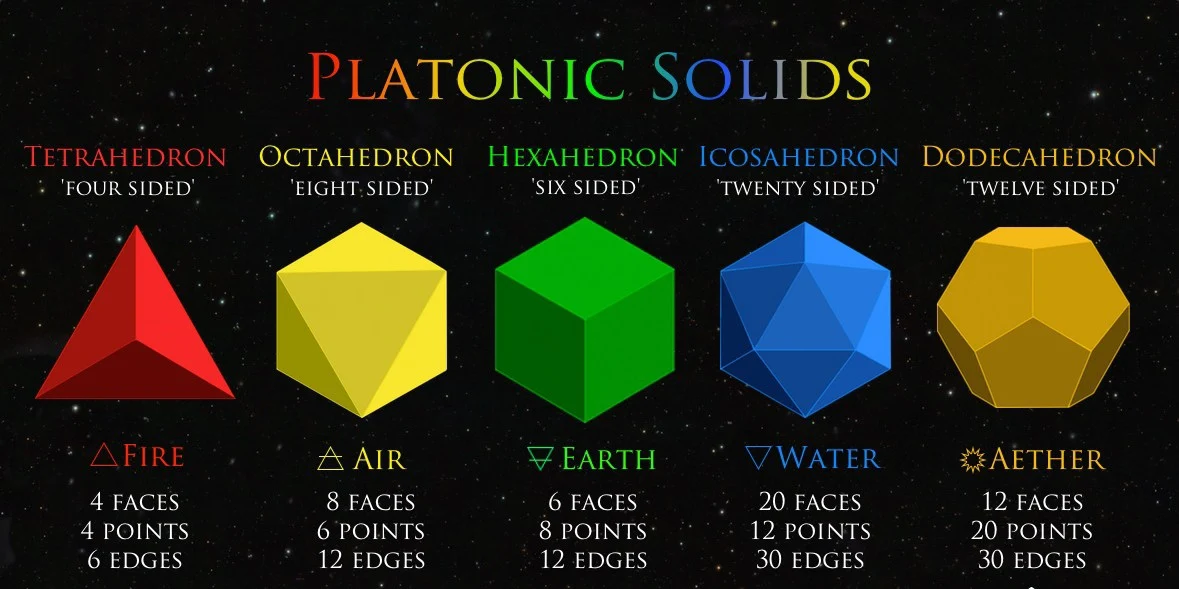Escape from Orbit
You may of heard how Galileo got into trouble for claiming that the Earth orbits the Sun. Did you know there were others that were saying the same thing?
In the 16th century, Johannes Kepler was one of these. He was an astronomer who took measurements of the stars, but also an astrologer, producing horoscopes for the rich and powerful. Back then, the lines between science and mysticism were blurred and Isaac Newton himself was as much an alchemist as a scientist.
Kepler took measurements of the movements of the planets, checking the measurements of other natural philosophers*. You can easily see planets with the naked eye, binoculars, or telescopes. They look like bright stars, but they move from night-to-night, giving them their name 'planetai' or 'wanderer'.
Back in the 16th century six planets had been discovered. Kepler's idea of how they moved in their orbits was mixed with some ideas that we may find strange today. He combined his measurements with ideas that God had created the solar system to be perfect. This led him to incorporate an idea called the Platonic solids into his thinking.
A Greek philosopher called Plato thought that these five shapes were perfect and had special properties. It was this perfection that led Kepler to conclude that the five gaps between the orbits of the six known planets must be filled with these solids.
To demonstrate his thinking Kepler decided to build a model of the solar system. He didn't want his ideas leaking out, so he got separate metalworkers to make different parts. He then intended to collect and assemble the pieces himself.
Perhaps the strangest part of this story takes us back to Kepler's links to astrology. The device contained six spheres, the orbits of the six planets. As these looked like cups, Kepler decided to fill these with drinks, brandy, wine, mead, vermouth, and a strong liquor, that mirrored the astrological characteristics of each planet.
The day came to assemble the machine. It didn't fit together! Something was wrong with Kepler's cosmic drinks dispenser. Instead of giving up, Kepler went back to basics. He spent many years studying the movements of Mars. In doing so he discovered the error in his previous ideas and gave us the three laws of planetary motion that bear his name.
You can find more about orbits by clicking here*Natural philosophy was the name for science before science as we know it existed.





Comments
Post a Comment